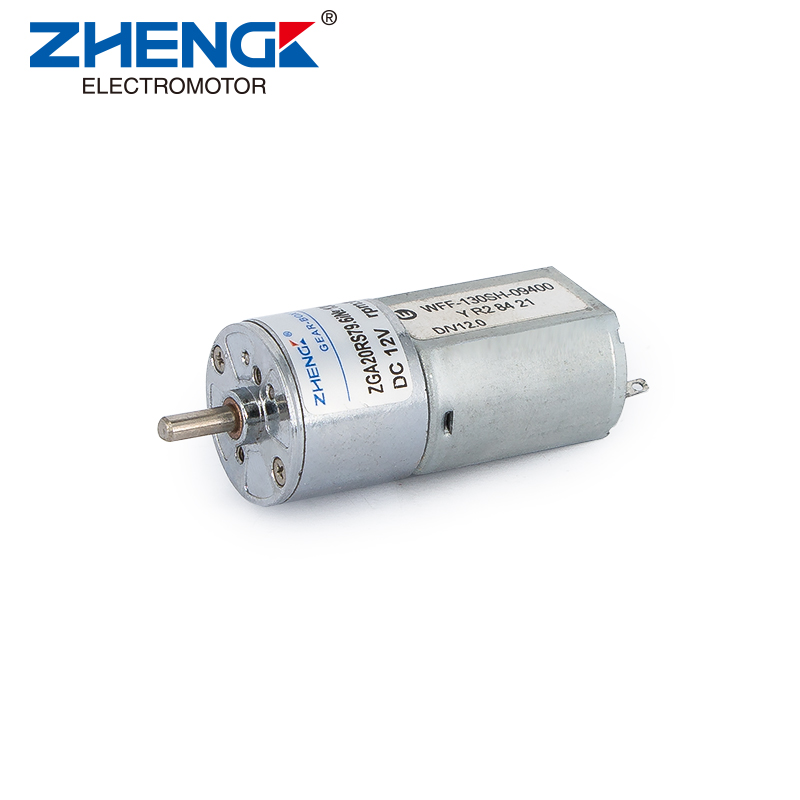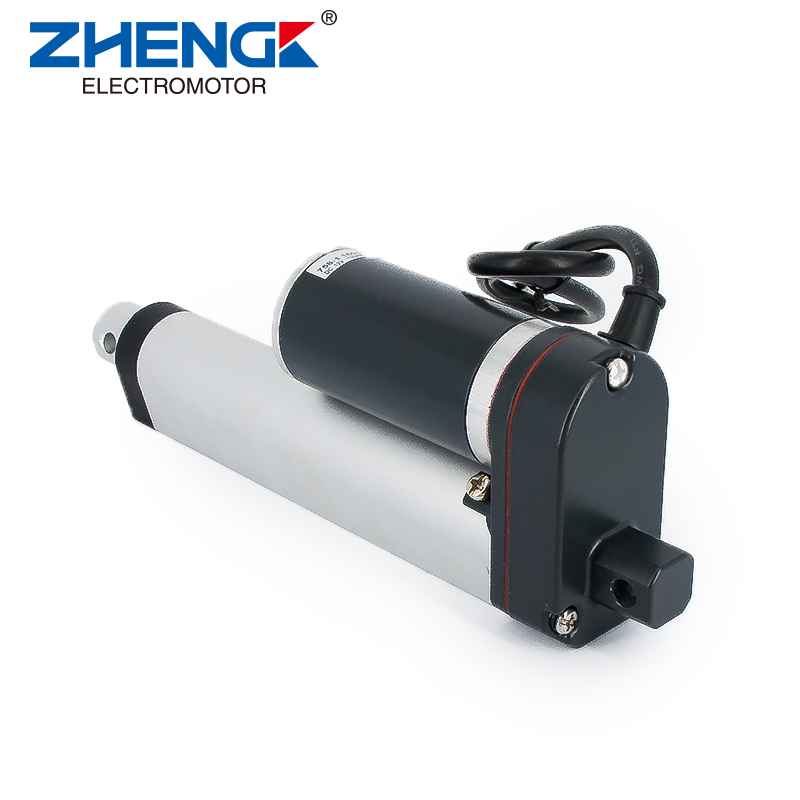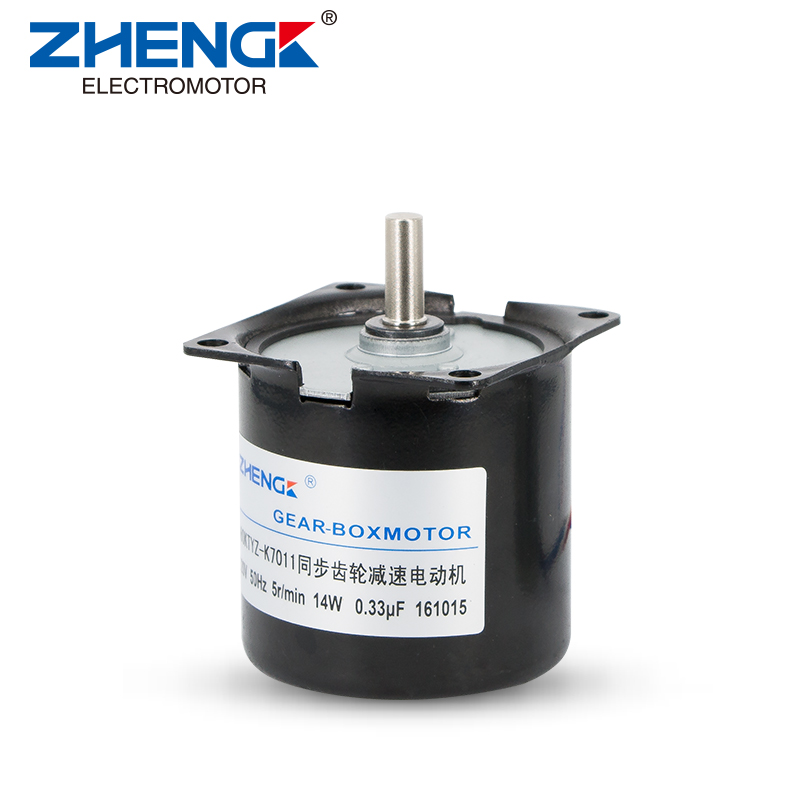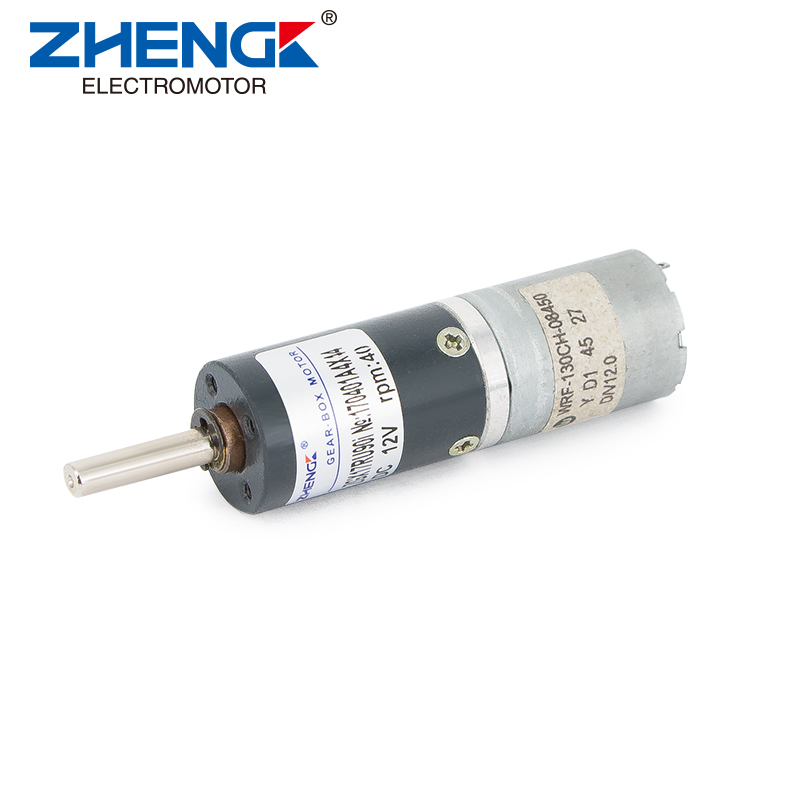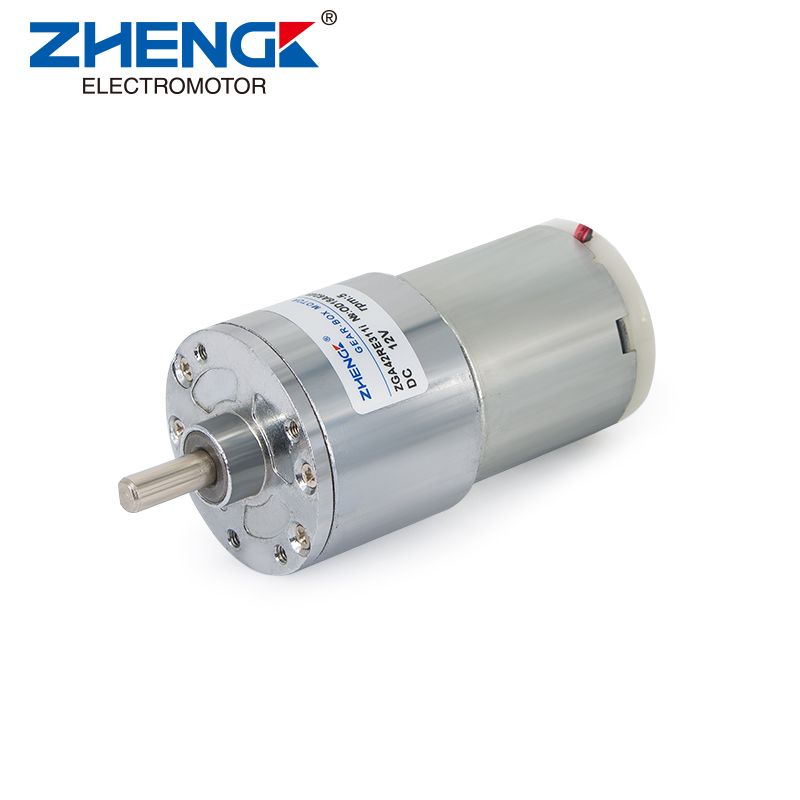Why Does a DC Motor Produce Noise or Run Unsteadily?
When a DC motor begins to make unexpected noise or operates in an unstable manner, it's often a signal that certain internal or external conditions have drifted from their ideal state. Understanding the root causes can help engineers and technicians quickly identify and correct issues and keep the system running smoothly.
1. Mechanical Causes: Bearings, Alignment & Loading
One of the most common sources of noise in Dc Motors is the condition of bearings and the mechanical alignment of the rotor and shaft. Worn or poorly lubricated bearings can generate grinding or whistling noises, if the shaft is bent or the rotor is out of balance, vibration and audible disturbances follow.
Improper mounting or misalignment causes excess load on end-frames or bearing housings, further promoting vibration and unstable operation.
2. Commutation and Brush Issues
In Brushed DC motors, the contact between the carbon brushes and commutator is critical. Worn brushes, incorrect brush pressure, or an out-of-round commutator can lead to arcing, intermittent current flow, increased electrical noise, and motor instability.
Especially during speed regulation, irregular commutation may amplify torque ripple, causing unstable RPM or audible whine.
3. Electrical and Voltage Issues
Unstable supply voltage, excessive ripple, or poor power filtering can create fluctuations in motor performance. Some users report that insufficient decoupling capacitors or weak drives allowed voltage spikes and irregular waveforms—leading to unstable Motor Speed or "hunting".
Additionally, electromagnetic noise from PWM or other switching methods may introduce audible noise or instability due to electrical interference.
4. Magnetic & Structural Resonance Effects
Noise and instability may also stem from magnetic phenomena. Uneven air-gap, torque ripple, or structural resonance between magnetic forces and mechanical parts can cause vibrating components that produce acoustic noise or motor instability. When the motor's natural vibration frequency aligns with excitation forces, performance may degrade.
5. Environmental & Duty-Cycle Factors
Finally, harsh environments, such as high dust, humidity, or lack of ventilation, can accelerate wear, lead to bearing contamination or winding degradation, and reduce stability. Overloading the motor or running outside of its duty cycle specification will also increase internal heat, wear, and noise.
How to Mitigate and Maintain
Regularly inspect and lubricate bearings, check alignment, and secure mounting.
Ensure brushes and commutator surfaces are maintained, replace worn brushes, and measure commutator roundness.
Use proper power supply filtering, install capacitors near motor terminals, and ensure drive electronics are suited for the load.
Avoid excessive vibration by balancing the rotor, avoiding resonant speeds, and designing mechanical support to absorb vibration.
Operate within the rated duty cycle, keep the environment clean, provide proper ventilation, and avoid overloads.
By identifying whether the issue is mechanical, electrical, or magnetic, you can address the root cause rather than simply treating symptoms. At Zhengke, we emphasize not only specifying high-quality motors but also ensuring they're installed and maintained correctly, so that the promise of stable, quiet, and efficient performance is delivered throughout the lifespan of the product.


